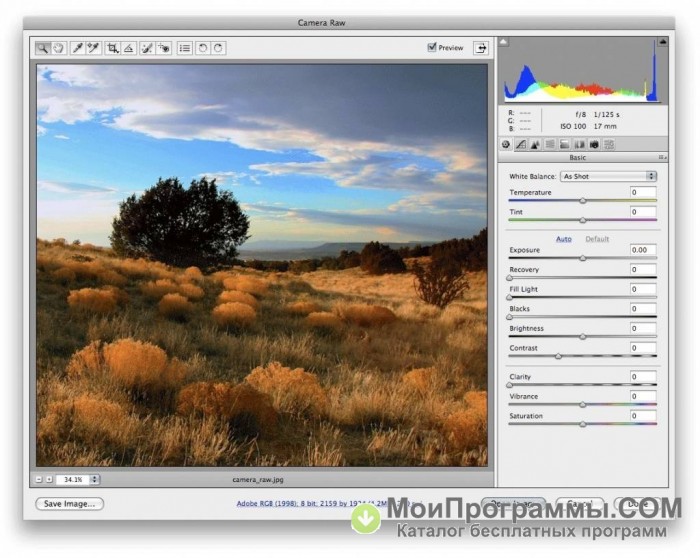

The file is merged and added to the bottom of the Filmstrip view.Click the Merge button to save the new HDR DNG file.Uncheck the Auto Tone option if you’re a control freak like me and want to do this manually.Use the Align Images option if you had the chance for any movement.Click the small drop-down menu (it’s kind of hidden) or press Option+M or Alt+M to invoke the Merge to HDR dialog box.Select all the images in the Filmstrip viewer.

This can be done from Bridge or simply choosing File Open. Tom pointed out that the file could maintain up to 30 stops of dynamic range depending on what you feed into it for source files. Float offers extra benefits in how the file is processed and more latitude. Directly comparing 16-bit float to traditional 32-bit is not that simple. While traditional HDR apps (including Photoshop) make a 32-bit file, Lightroom makes a 16-bit float file. You can see a plain English explanation here. This is tied to the changes in the DNG (digital negative spec) that allow for floating point processing. When you’re using the new Lightroom or Adobe Camera Raw you can now create a HDR raw file. I’m still digging into the science part fully and hope to have him on a future podcast to nerd out. Lightroom uses a 16-bit floating point image while the others use a 32-bit integer image. Turns out that’s not a completely fair comparison.


 0 kommentar(er)
0 kommentar(er)
